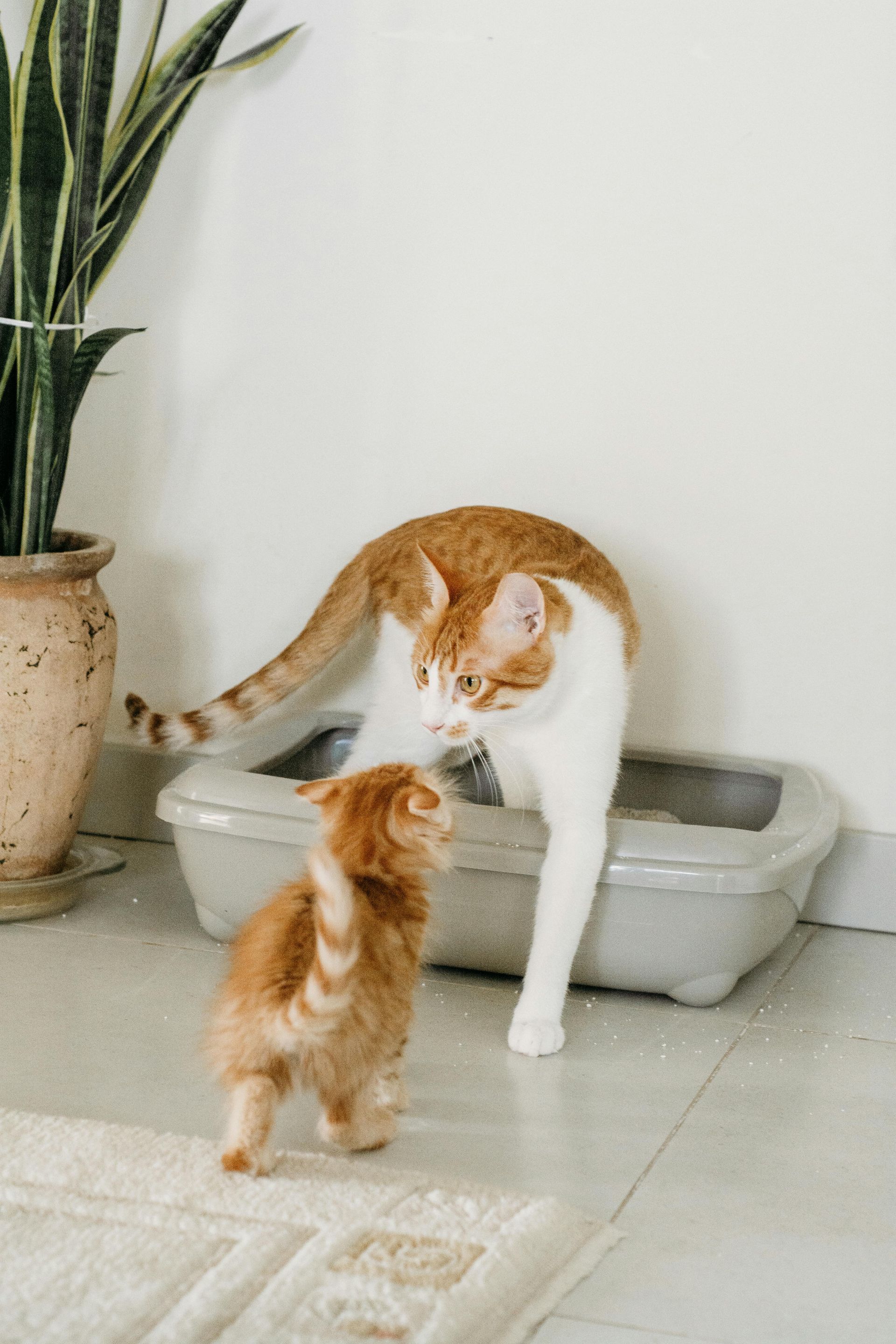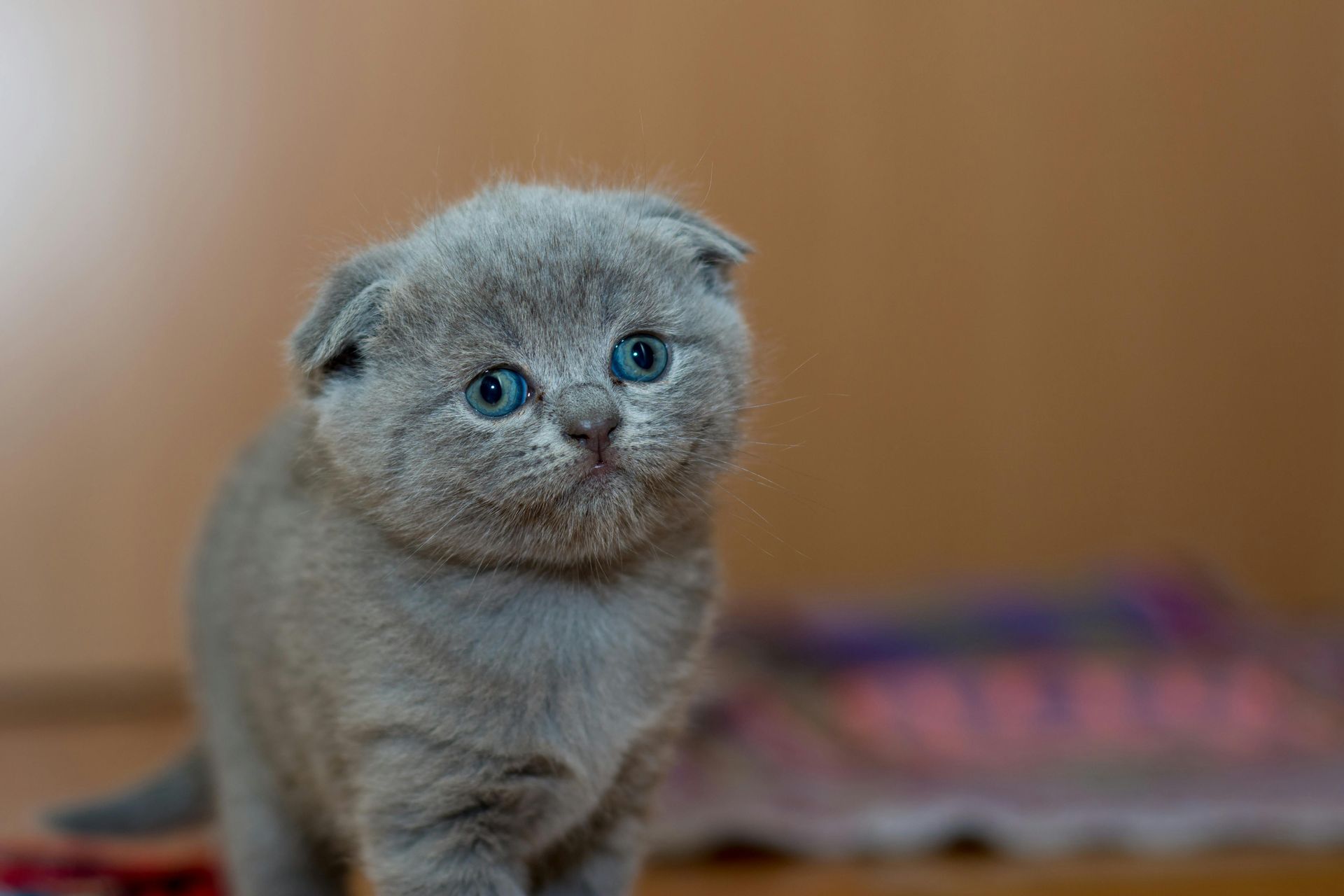
March 22, 2025
Every cat deserves a kingdom, and as their humble servant—I mean, loving owner—you need to make sure they have the best cat furniture to rule over. Whether you’re looking for a cat tree, scratching post, or the ultimate lounging spot, this guide will help you pick the perfect furniture for your furry overlord (and save your couch in the process!). 1. Why Cat Furniture Matters Cat furniture isn’t just about spoiling your cat (though that’s always a bonus). It serves a real purpose by: Giving them a space of their own Satisfying their natural scratching instincts Encouraging exercise and play Providing cozy spots to nap (which is like 90% of their day) Saving your actual furniture from destruction 2. Types of Cat Furniture (And What to Look For) Not all cat furniture is created equal. Here’s what you need to know about the different options and what makes them worth buying. Cat Trees: The Ultimate Playground Cat trees are like jungle gyms for your feline friend. They usually include multiple levels ( check out this one! )*, scratching posts, and cozy hideouts. When picking a cat tree, consider: Height & Stability : A tall cat tree is great for climbers, but it needs to be sturdy to avoid tipping over. Materials : Look for durable sisal-wrapped posts and soft, easy-to-clean fabric. Size : Make sure it fits your space (and your cat—big breeds need bigger platforms!). Scratching Posts: Save Your Sofa Cats need to scratch, so unless you want your furniture shredded, a scratching post is a must. Best Material? Sisal rope is the gold standard—it’s durable and satisfying to scratch. Vertical vs. Horizontal : Some cats love tall scratching posts, while others prefer flat scratch pads. Height Matters : The post should be tall enough for your cat to stretch fully when scratching. Cat Beds & Loungers: Nap Zones If there’s one thing cats love more than ignoring you, it’s sleeping. A good cat bed provides a warm, comfy spot for endless naps. Enclosed or Open? Some cats love the security of enclosed beds, while others prefer an open design. Machine-Washable? You’ll want something easy to clean. Heated Options : If your cat is a heat-seeker, heated beds can be a game-changer. Window Perches: The Ultimate Cat TV Cats love watching the outside world—birds, squirrels, and the occasional neighborhood drama. A window perch is a great way to entertain them. Suction Cups vs. Mounted : Suction cup perches work well for lighter cats, while mounted shelves are better for larger breeds. Padding : A soft cushion will keep your cat comfortable while they judge the world outside. 3. Multi-Cat Homes: What to Keep in Mind If you have more than one cat, you’ll need furniture that accommodates multiple pets. Look for: Larger cat trees with multiple levels to prevent territory disputes. Extra scratching posts so everyone has a place to sharpen their claws. Multiple cozy spots so they don’t fight over the best lounging space. 4. Where to Place Your Cat Furniture Location matters! Here’s where to put your cat furniture for maximum use: Cat Trees & Scratching Posts : Near windows, in living areas, or wherever your cat already likes to hang out. Beds & Loungers : In quiet, cozy corners or wherever they naturally nap. Window Perches : Facing a yard, street, or bird feeder for premium entertainment. 5. Budget vs. Quality: Is Expensive Always Better? Cat furniture comes in all price ranges. While high-end pieces often last longer, some budget-friendly options get the job done. Look for: Strong, stable construction (wobbly furniture is a no-go) Quality scratching material (sisal is best!) Easy-to-clean fabrics (because fur happens) Investing in good cat furniture keeps your kitty happy, entertained, and less likely to destroy your home. Whether you go all out with a massive cat tree or keep it simple with a scratching post, the key is choosing something your cat will actually use. Did you know you can let your cat enjoy an outdoor enclosed playground ? Check out this outdoor adventure palace .* *This article contains affiliate links, earning us commission for each sale at no extra cost to you. The affiliate link does not influence our product choice - we only show products we stand behind. Thank you for supporting Name My Kitten!

March 22, 2025
Let’s be real—picking out cat litter isn’t the most glamorous part of being a cat parent, but it is one of the most important. The right litter can make your life easier, keep your home smelling fresh, and, most importantly, keep your cat happy. Finding the perfect cat litter might take some trial and error, but once you find the one, life gets so much easier. Whether you prioritize odor control, eco-friendliness, or a low-tracking formula, there’s a litter out there for every cat parent. But with so many options out there, how do you choose? Don’t worry—we’ve got you covered. Here’s everything you need to know to find the best litter for you and your feline friend. (Bonus: read until the end and we reveal you the ultimate futuristic litter solution!) 1. Clumping vs. Non-Clumping: Which Team Are You On? One of the first decisions you’ll need to make is whether to go with clumping or non-clumping litter. Here’s the breakdown: Clumping Litter: Forms solid clumps when wet, making it easy to scoop and maintain. This is great for keeping odors under control and reducing full litter box changes. Non-Clumping Litter: Absorbs moisture but doesn’t form clumps. You’ll need to change the entire litter box more often, but some cats prefer this texture. If you like easy cleaning, go for clumping. If you want simple absorption, non-clumping could work. 2. Material Matters: What’s Your Litter Made Of? Not all litter is created equal! Here are the most common types and their pros and cons: Clay (Most Common) – Clumping and super absorbent, but can be dusty and heavy. Silica Gel Crystals – Excellent odor control and low dust, but can be pricey. Pine Pellets – Natural and eco-friendly, but not all cats like the texture. Corn/Wheat – Biodegradable and great at odor control, but some cats may try to eat it (yikes!). Recycled Paper – Dust-free and soft on paws, but not the best at odor control. 3. Odor Control: Keep Your House Smelling Fresh Nobody wants their house to smell like a litter box, so odor control is key. Look for litters that contain activated charcoal or baking soda for extra freshness. If your cat is sensitive to scents, avoid heavily perfumed litters—some cats hate them and might refuse to use the box (which is NOT the vibe you want). 4. Dust Levels: Keep It Low If you’ve ever poured litter and been met with a cloud of dust, you know how annoying (and unhealthy) it can be. Low-dust or dust-free formulas are a game-changer, especially for people or pets with respiratory issues. 5. Tracking & Mess: Keep It in the Box Some litters stick to your cat’s paws and get tracked everywhere. If you’re tired of finding litter in your bed (ew), look for a low-tracking formula. Pro tip: A good litter mat can help cut down on the mess! 6. Eco-Friendliness: Go Green If You Can Want to be kinder to the planet? Look for biodegradable options like corn, wheat, pine, or recycled paper. Some of these can even be flushed (but check local guidelines first!). 7. Price vs. Value: Is Expensive Always Better? The most expensive litter isn’t always the best. While premium litters often have better odor control and less dust, there are plenty of budget-friendly options that get the job done. Test out a few to see what works best for you and your cat. 8. Automatic Cat Litter Robots The future is here. Not only do cat litter robots automatically scoop the stuff into a sealed bag; some even refill the cat litter as well. Comes in very handy when you want to go away for two weeks on vacation! Just look at this AI-powered magic litter box .* *This article contains affiliate links, earning us commission for each sale at no extra cost to you. The affiliate link does not influence our product choice - we only show products we stand behind. Thank you for supporting Name My Kitten!

March 22, 2025
So, you just brought home an adorable, tiny ball of fluff, and now you're faced with one of the most important decisions of your life—what to name your kitten! No pressure, but this is a name you’ll be calling out for years, so it’s gotta be good. Don’t worry; we’ve got you covered with this guide to help you choose the best name for your feline friend. 1. Get to Know Your Kitten’s Personality Before you jump into picking a name, take a little time to observe your kitten. Is your fur baby playful and chaotic? A regal lap cat? A shadowy ninja who disappears under the couch? Names that match your cat’s personality make for the best fit. Here are some ideas based on personality: Energetic & Playful: Zoomer, Tigger, Zippy, Dash Regal & Elegant: Cleo, Duchess, Winston, Luna Mysterious & Stealthy: Shadow, Phantom, Salem, Onyx Chill & Sleepy: Snickers, Garfield, Noodle, Snoozer 2. Consider Their Appearance Your kitten’s looks can be a huge inspiration. Whether they’re a striking orange tabby or a fluffy white cloud, let their physical traits help guide you: Orange Cats: Pumpkin, Cheeto, Sunny, Ember Black Cats: Midnight, Spooky, Raven, Sable White Cats: Snowball, Marshmallow, Frost, Casper Gray Cats: Smokey, Ash, Misty, Storm 3. Look to Pop Culture for Inspiration Some of the best cat names come from movies, TV, and books. Here are a few pop culture-inspired ideas: Disney Cats: Simba, Nala, Figaro, Oliver Harry Potter Fans: Crookshanks, Luna, Dobby, Minerva Marvel & DC Lovers: Loki, Thor, Selina (Catwoman), Stark Anime Cats: Jiji (Kiki’s Delivery Service), Luna (Sailor Moon), Happy (Fairy Tail) 4. Get a random name You can also get yourself a random cat name from Name My Kitten. Find your kitten a new name here . No AI-generated names, only real existing cat names from existing cat parents. 5. Think About Your Favorite Foods or Drinks Believe it or not, some of the cutest kitten names come from the kitchen. If you’re a foodie, this might be the perfect way to go: Mochi, Biscuit, Waffles, Honey, Pickles, Cocoa, Pepper 6. Keep It Short and Sweet Cats respond best to shorter names (one to two syllables), so while “Professor Whiskerton von Fluffington III” might be hilarious, calling them “Whiskers” or “Fluffy” is better (and a bit easier on your vocal cords). 7. Try Saying It Out Loud Before you finalize your kitten’s name, say it a few times as if you were calling them across the room. Does it roll off the tongue? Does it sound fun? If it feels weird to say, you might want to reconsider. 8. Trust Your Gut At the end of the day, the best name for your kitten is the one that just feels right. Sometimes you’ll look at your cat and boom—the perfect name will pop into your head. And if it doesn’t? No worries! Find your kitten a new name here . No AI-generated names, only real existing cat names. Naming your kitten should be fun, not stressful. Whether you choose a name based on their personality, appearance, or favorite snack, the most important thing is that it makes you smile. After all, this little fluffball is about to become a huge part of your life!
Loading cat names...

